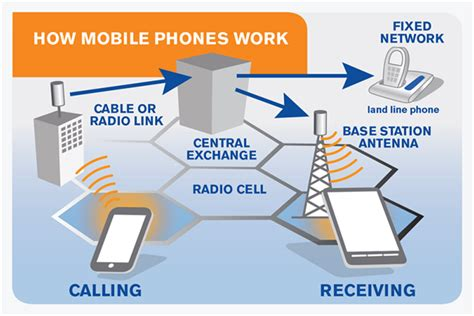
Mobile technology has transformed the way we live our lives but not many of us could explain how they function. It is estimated that there are more phones in circulation than there are people on the planet! So, let’s take a look at how they work:
Completely different from a landline connection, mobile technology has no wire connections at all. It relies on electromagnetic radio waves to receive and send sounds. Wherever you are you are surrounded by electromagnetic waves – magnetism and electricity that zips through the air at the speed of light and mobile phone networks are the biggest growing source of this electromagnetic energy surrounding us.

When talking into a handset, a very small microphone translates your voice into a pattern of electrical signals. The phone’s microchip converts this pattern into a string of numbers that are picked up by radio waves beamed out from your phone’s antenna. These radio waves travel extremely fast and are picked up by the nearest mobile phone mast. For a new device, consider Vodafone Tullamore at a site such as https://kingcommunications.ie/vodafone-stores-near-me/tullamore/
The mast takes the signal and passes them to a base station. The signal is then routed towards its final destination. Calls between different networks must travel a slightly longer path, being routed to a main network before then being transported onto the destination.

It might seem that a mobile is a bit like a walkie talkie but they are much more sophisticated. Although a phone does have a low powered radio transmitter and receiver, it only has to travel to the nearest phone mast and base station. This is why masts are so big, they are giant antennas!
